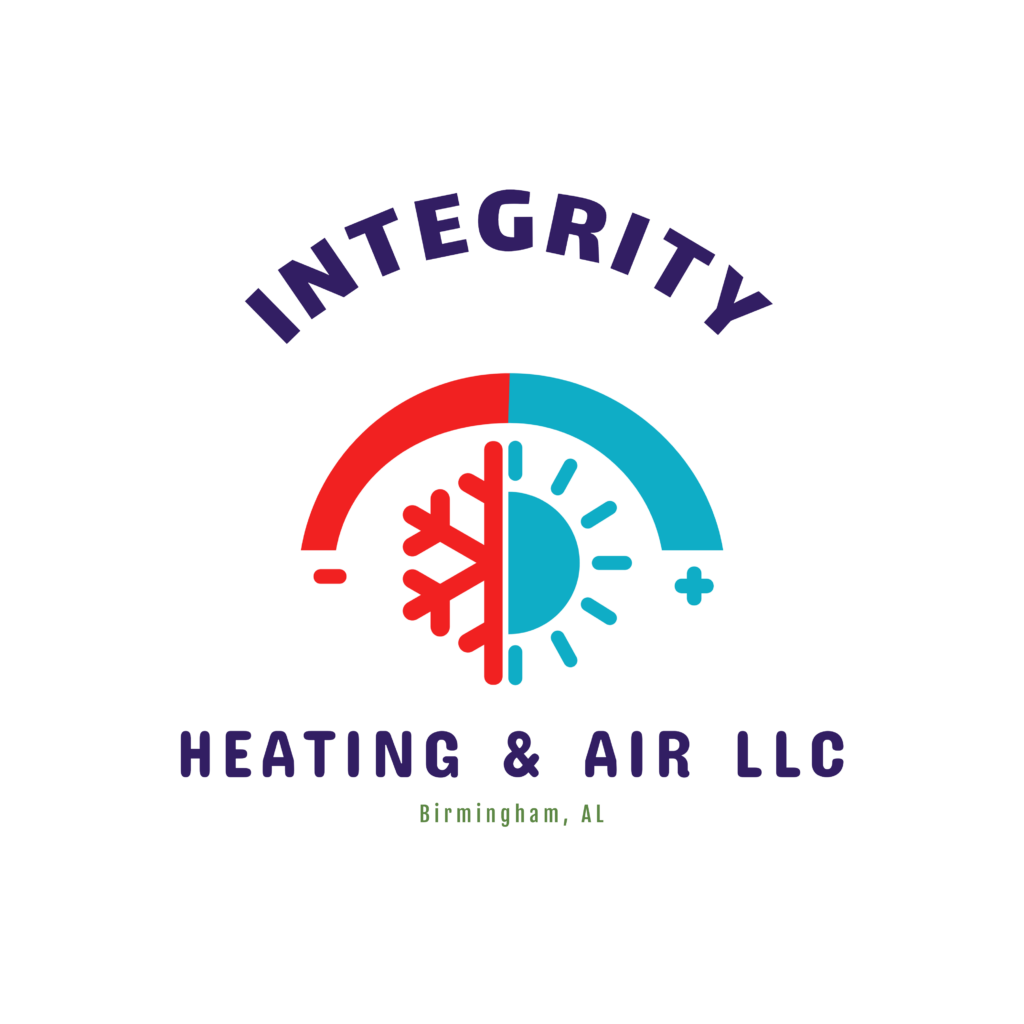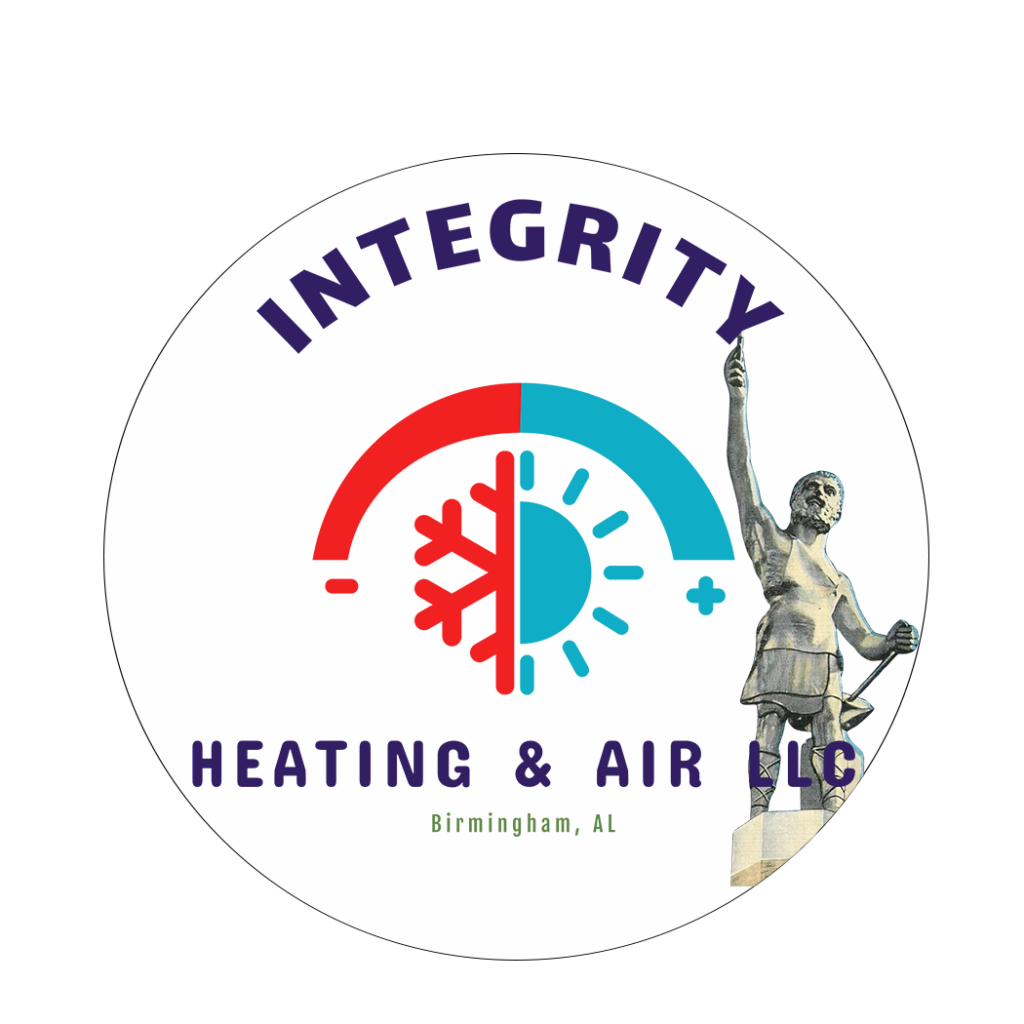Title: Tips for Reducing HVAC Energy Consumption in Schools
Introduction:
Schools across the country face the challenge of managing energy costs, with heating, ventilation, and air conditioning (HVAC) systems being one of the largest energy consumers in educational facilities. By implementing energy-efficient practices, schools can not only reduce their carbon footprint but also save on operational costs. In this blog post, we will discuss some practical tips for reducing HVAC energy consumption in schools.
1. Regular Maintenance:
One of the most important steps in reducing HVAC energy consumption is to ensure regular maintenance of the systems. Dirty filters, clogged ducts, and malfunctioning components can all lead to inefficiencies and increased energy usage. Implementing a routine maintenance schedule, including filter replacements and system inspections, can help keep HVAC systems running smoothly and efficiently.
2. Optimize Temperature Settings:
Adjusting temperature settings can have a significant impact on energy consumption. During the winter, lower the thermostat by a few degrees and encourage students and staff to dress warmly. In the summer, raise the thermostat to a comfortable but slightly warmer temperature. Programmable thermostats can help automate temperature adjustments based on occupancy schedules, further optimizing energy usage.
3. Utilize Natural Ventilation:
Take advantage of natural ventilation whenever possible. Open windows and doors to allow fresh air to circulate through the building, reducing the need for mechanical cooling. Consider installing window treatments such as blinds or shades to control sunlight and heat gain, especially in rooms with large windows.
4. Upgrade to Energy-Efficient Equipment:
Consider upgrading to energy-efficient HVAC equipment to reduce energy consumption. Energy Star-rated systems can provide significant energy savings while maintaining optimal comfort levels. Additionally, investing in variable-speed drives and energy-efficient motors can further improve system efficiency.
5. Implement Energy Management Systems:
Energy management systems can help monitor and control HVAC systems more effectively. These systems can provide real-time data on energy usage, identify areas of inefficiency, and automate energy-saving strategies such as temperature setbacks during unoccupied hours.
6. Educate Staff and Students:
Educating staff and students on energy-saving practices can help create a culture of sustainability within the school. Encourage everyone to turn off lights, computers, and other electronic devices when not in use, and emphasize the importance of conserving energy in all aspects of school operations.
Conclusion:
Reducing HVAC energy consumption in schools requires a combination of proactive maintenance, smart operational practices, and investment in energy-efficient technologies. By following these tips and making energy conservation a priority, schools can not only lower their energy bills but also contribute to a more sustainable and environmentally friendly future.

